The boreal forest moves inside the Arts Campus
The vast, withering plant wall at the heart of the Arts Campus has been reborn. Pioneered by students, a new initiative was launched in early spring with the aim of reconnecting visitors to the regional flora, as the boreal forest prepared to move indoors.
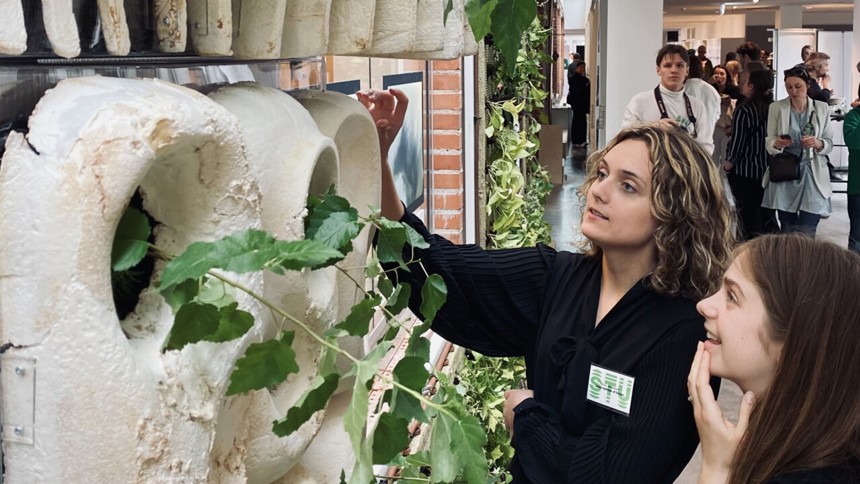
Once a vibrant façade welcoming people entering from the walkway by the Ume River, the formerly lush exterior of the UID workshops has recently acted a glum reminder of a distant spring. But where others saw decay, students in the UID Climate Group spotted an opportunity in the perishing plant wall. Together with partners from SLU Forestry, the department of Molecular Biology and UMA they are now bringing the boreal forest inside to inspire research, education, and sensory engagement with this unique climate ecosystem.
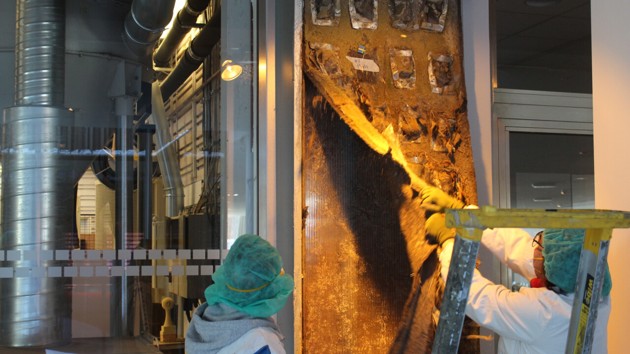
The taking down of the old wall at the Arts Campus, was carried out by representatives from Umeå Institute of Design and the Department of Molecular Biology.
ImageUmeå Institute of Design“We have spent the last couple of months trying to make it more tangible. We've realized that we want to create opportunities for interactions between people and the wall, as well as between the people that will engage in this space”, says William Roskaer, student in the BFA Programme in Industrial Design and part of the UID Climate Group.
From local to global – a variation of vegetation
The final concept will not just focus on the West Bothnian vegetation found in our local forests. Exotic plants, along with edible herbs and vegetables, will also be part of the eclectic mix of greeneries.
"In the end, we arrived at a couple different systems that we're hoping to implement. On the left side, we will showcase a variety of plants from all over the world. From there, we move towards the plants that were rescued from the old wall. The main section will then showcase the Swedish boreal forest wrapped in an artistic panel made from living mycelium, the fungus that produces mushrooms”, says William Roskaer.
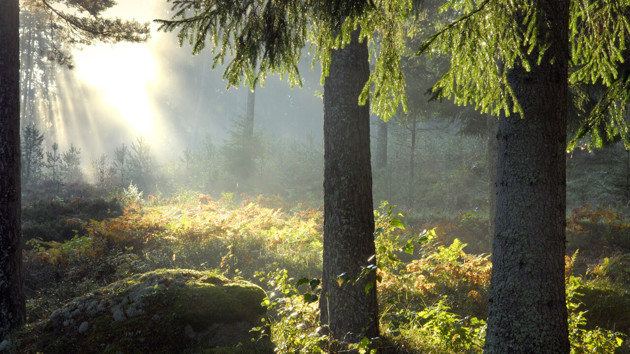
The boreal forest of West Bothnia.
ImageJohnér Bildbyrå AB, Stefan Örtenblad“Scattered in between the forest part, there will be sections with individual trays designed specifically for growing food, for example lettuce, tomatoes, and herbs. Visitors will also be able to work in an individual space close to the wall and learn about the genesis of the plant wall".
Part of the mission is to find out which plants growing in the Swedish wilderness that can survive and thrive in an indoor climate. Quite miraculously, there are a few plants that have been able to stay alive in the old plant wall without water, for months.
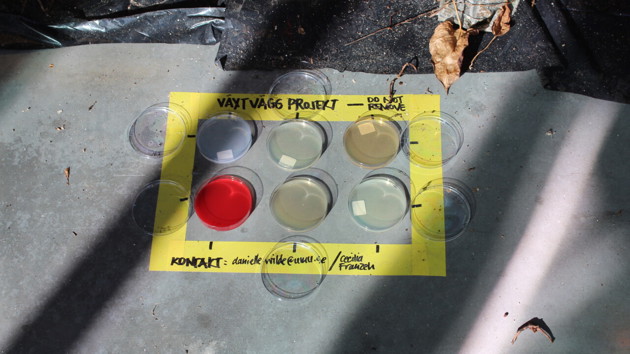
Samples from the old plant wall being collected by students from the Department of Molecular Biology.
ImageUmeå Institute of DesignTwo students from the Department of Molecular Biology, who are doing their undergraduate thesis on this project, have been conducting tests on these plants to try to understand what has made them so uniquely enduring. The few surviving plants will now be integrated into the new wall as a testament to nature’s innate resilience.
The cultivation of communication
Besides from growing the connection between people and the surrounding nature, there is a clear mission to facilitate a stronger communal experience in the very space that already acts an Arts Campus nexus, connecting Umeå Institute of Design, Umeå School of Architecture, Umeå Academy of Fine Arts and the internationally renowned arts venue Bildmuseet.
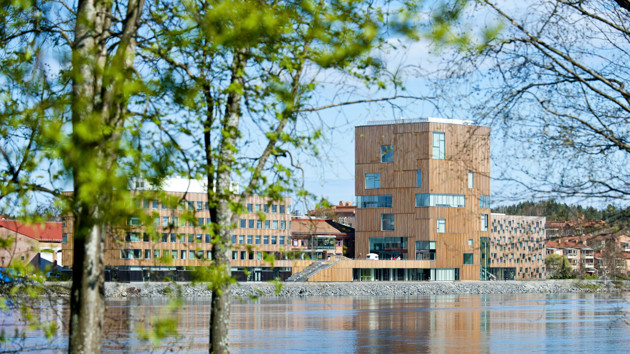
The Arts Campus seen from across the Ume River.
ImageMikael Lundgren“We have this amazing joint space where we see opportunities for people to come together, to work interdisciplinary, to share meals. Based on a survey we did we saw that some people wanted to experience the wall individually, and others wanted to experience the wall in a group setting. We've now tried to translate the feedback into the different the concepts that we're going to display when we present the wall to the public. We want to explore as many different narratives as possible within the constraints, looking at various ways of how the plant wall could contribute to our community”, says William Roskjaer.